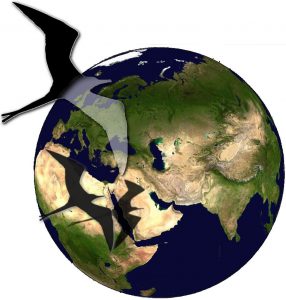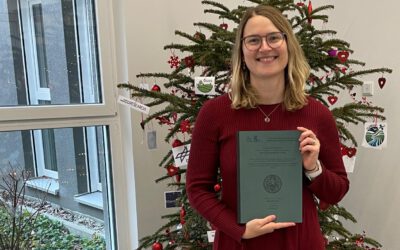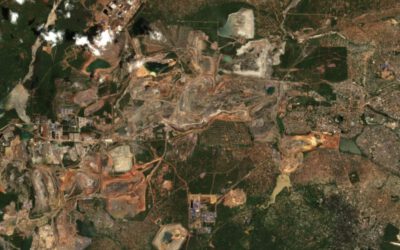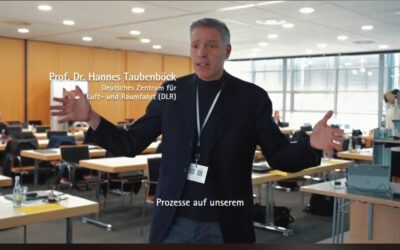 Our successfully funded new project will start in August called EO-MOVE “multiscale and -sensor environmental analysis for the analysis of spatio-temporal movement patterns and their relevance for remote sensing“. This project is exploring the importance of active and passive Sentinel data for explaining goose movement patterns. Sentinel 1 and Sentinel 2 will be used to understand and explain the movement patterns and deduce habitat requirements of these animals. The approaches should of course be transferable to other species and various remote sensing specific sensitivity tests will be performed. Benjamin Leutner will work on this project in close collaboration with the Max-Planck Institute for Ornithology in Möggingen (Wikelski, Kölzsch, Safi). More updates about the outcome of this project will be posted soon.
Our successfully funded new project will start in August called EO-MOVE “multiscale and -sensor environmental analysis for the analysis of spatio-temporal movement patterns and their relevance for remote sensing“. This project is exploring the importance of active and passive Sentinel data for explaining goose movement patterns. Sentinel 1 and Sentinel 2 will be used to understand and explain the movement patterns and deduce habitat requirements of these animals. The approaches should of course be transferable to other species and various remote sensing specific sensitivity tests will be performed. Benjamin Leutner will work on this project in close collaboration with the Max-Planck Institute for Ornithology in Möggingen (Wikelski, Kölzsch, Safi). More updates about the outcome of this project will be posted soon.
EORC Contributions to the Centenary Atlas of the Geographical Society of Würzburg
EORC Contributions to the Centenary Atlas of the Geographical Society of Würzburg (with German version below) Satellite-based Earth observation has become a cornerstone of contemporary geographical research, particularly for analyzing global dynamics, environmental...








